ROHM’s newly developed VCSEL technology achieves greater accuracy in spatial recognition and distance measuring systems by using Time Of Flight (TOF) systems.
VCSEL has become popular in recent years with the adoption of laser light sources for spatial recognition in tablets and facial recognition in smartphones. With the emergence of Automated Guided Vehicles (AGVs) and industrial inspection systems utilizing gesture and shape recognition, the demand for VCSEL is expected to increase. Concurrently, for applications that require automation, a shorter pulse drive, and higher output for the light source are required to achieve higher accuracy sensing.
Conventionally, in VCSEL-equipped laser light sources, both the VCSEL device and MOSFET for driving the light source are individually mounted on the board. Consequently, the wiring length (parasitic inductance) between products has an unintentional effect on the light source output and drive time, making it difficult to achieve a light source that provides the high output and short pulses needed for high accuracy sensing.
The new VCSEL module technology developed by ROHM makes it possible to modularize the VCSEL and MOSFET elements into a single package. By minimizing the wiring length between elements, the performance of each element is maximized, resulting in a light source capable of short pulse drive (under 10ns) that reduces susceptibility to external noise from sunlight while enabling up to 30% higher output over conventional solutions.
As a result, when evaluating ROHM’s VCSEL module technology in spatial recognition and ranging systems comprised of a control IC, TOF sensor (light-receiving element), and laser light source (VCSEL module), the amount of light reflected the TOF sensor is increased by 30% over conventional configurations, contributing to improved accuracy in TOF systems.
ROHM plans on releasing its new VCSEL module in March 2021 for AGVs in the industrial market and facial recognition systems for mobile devices requiring high accuracy sensing. The company will also continue to develop high output lasers for LiDAR in vehicles and other applications.

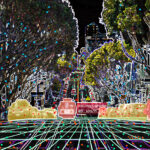
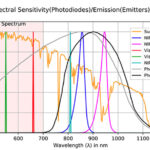
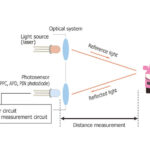
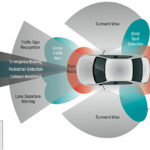
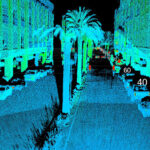
Leave a Reply